
IUCN STATUS
Vulnerable
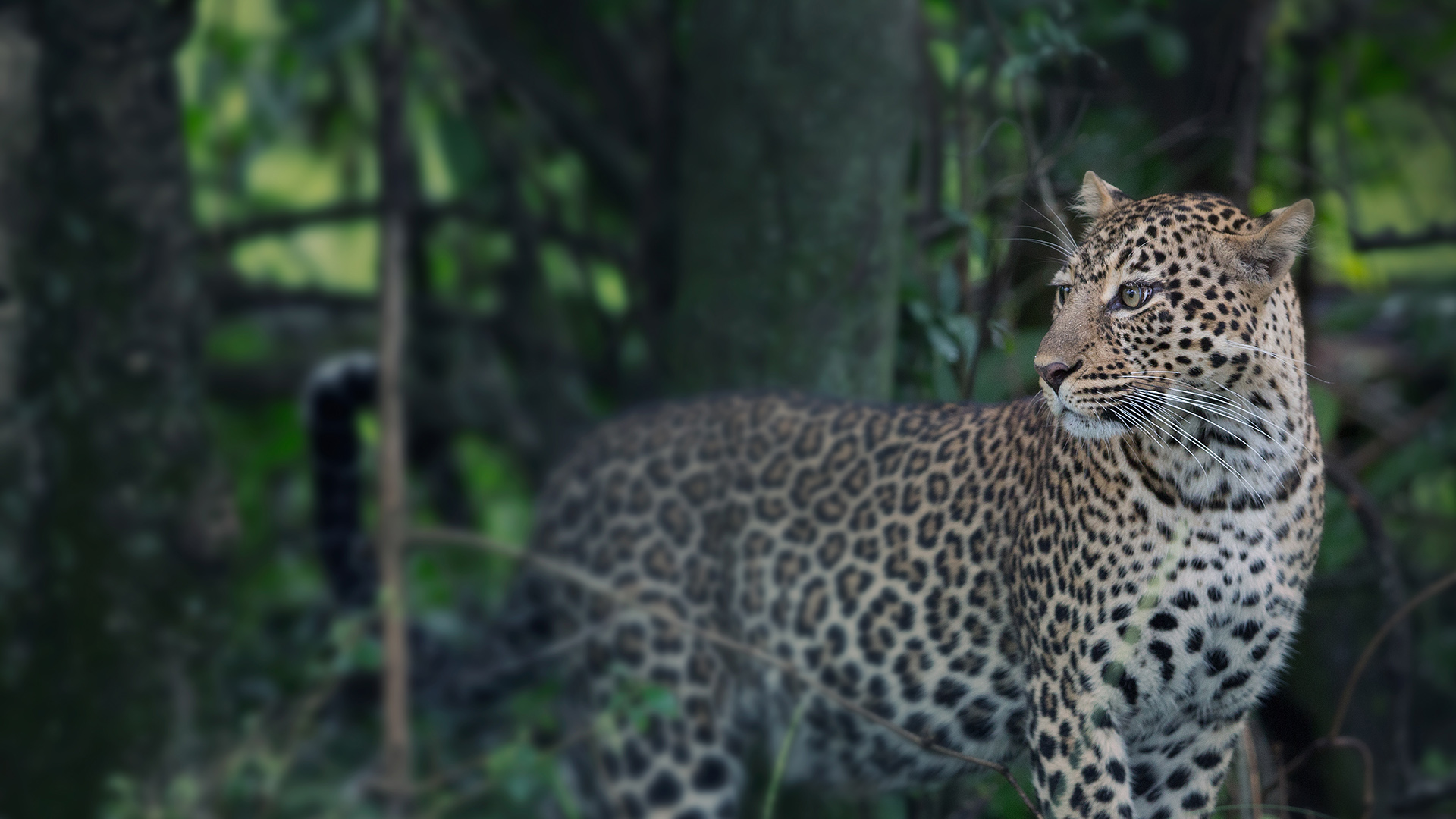
Panthera pardus
Due to leopard’s space requirements, they are considered to be an ‘umbrella’ species, meaning that by protecting leopards and their habitat, we are helping to protect many other species that live alongside leopards.

Vulnerable

No robust estimate available

Carnivorous – preferring medium-sized mammals

Found in a very wide range of habitats, including rainforests, woodlands, riverine forest, savannah and deserts

Widely distributed across Africa, and eastern and southern Asia

Habitat loss, human-leopard conflict, trophy hunting, poaching, captivity
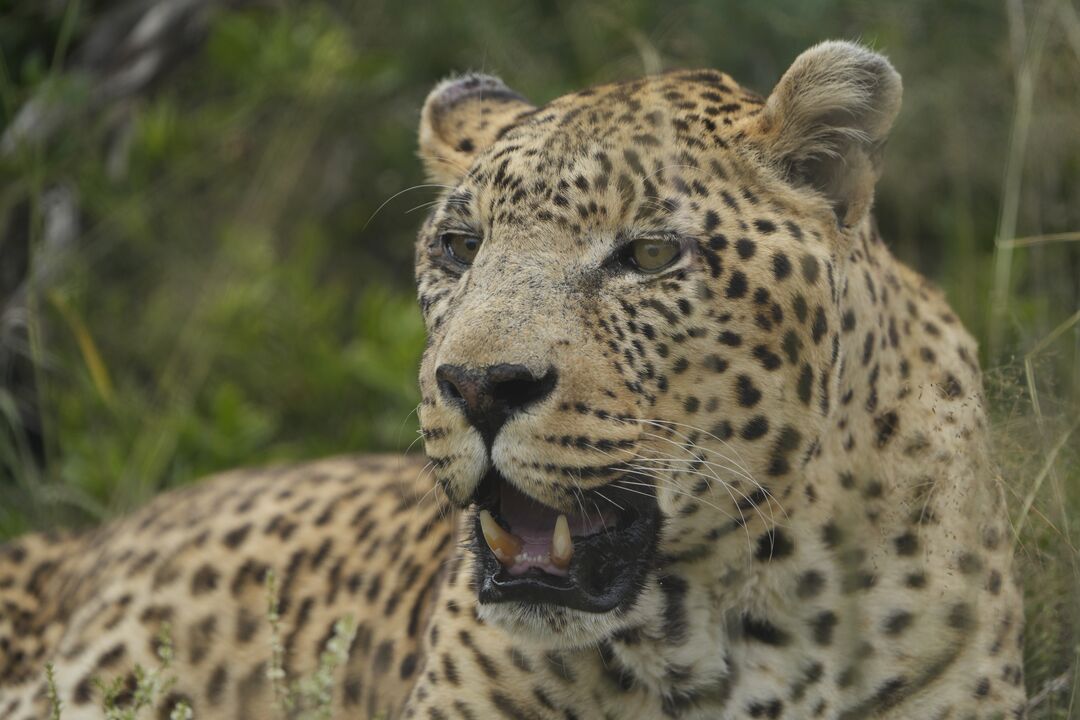
Leopards are incredibly fast and can run up to 50-60km per hour over short distances!
Leopards have a distinctive coat, spotted with rosettes. All black (melanistic) leopards are rare, but can be more common in some populations in south-east Asia. All leopards have a long tail, which helps them to balance when climbing in trees and across rough terrain, and the tail movements can be used as a form of communication. Male leopards are larger than females, being around 30% heavier.
Leopards are present in countries across Africa and Asia, although their distribution is patchy. Their ability to exist in many different habitats, including woodlands, grassland savannahs, mountain ranges, coasts, deserts, tropical rainforests and swamps, aids their wide distribution.
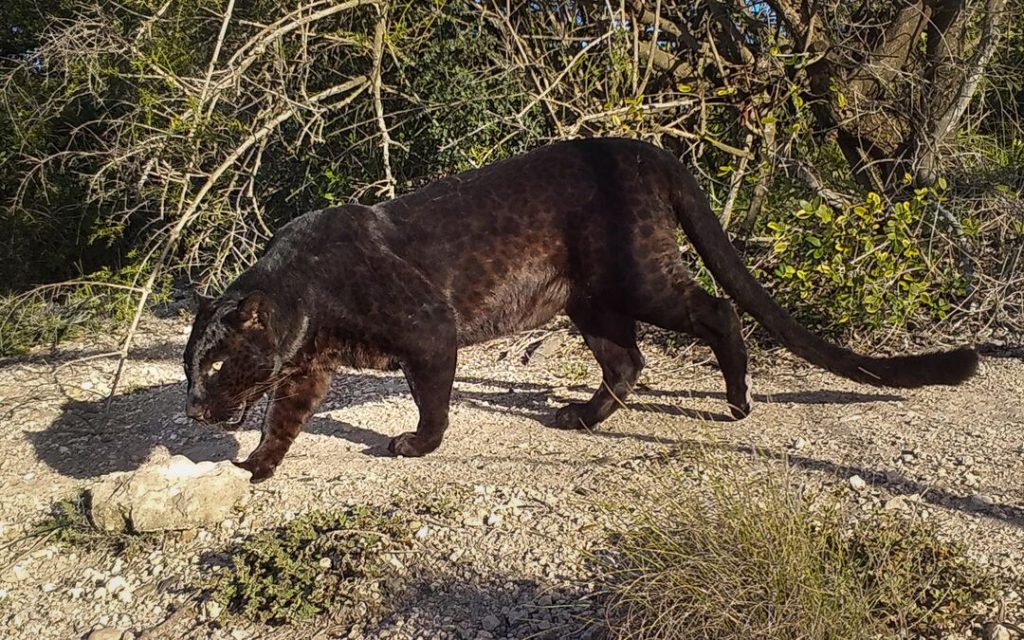
Mowgli, a melanistic leopard © Born Free Shamwari
Leopards benefit from innate stealth, camouflage and lightning speed reactions. Sharp teeth and claws, strong jaws, powerful bodies and acute senses make them accomplished hunters. They are also superb climbers and often drag their kill into trees out of reach of other predators.
Leopards are most active at night, making the most of the darkness and their night-time vision to hunt. During the day, leopards will rest on the ground, under cover or in trees.
Like most big cats, they must defend their home range from others. Smell is the most important form of communication, and they will spray urine and rub scent on trees and bushes around their territory, as well as leaving scratch marks, to warn other animals to keep away. Home ranges of leopards can be anywhere from 20-2000km2, with males typically holding larger territories than females.
Leopards are solitary creatures, living and hunting alone – when young, their mothers teach them the skills they need to survive on their own.
The female leopard gives birth and rears cubs alone. Cubs are helpless and rely on their mothers’ milk, and as they become weaned they are dependent on the meat their mothers catch, before learning how to hunt for themselves.
Leopards tend to be shy animals, being very elusive.
Leopards have several forms of communication, although the vocalisations (sounds they make) are limited. Leopards may roar, saw (also known as coughing or rasping), chuff, growl, purr, grunt and mew (by cubs and juveniles). The main method of communication is with scents. Leopards with spray urine and rub anal sac secretions onto vegetation and the ground. They will claw trees, depositing secretions from glands between their digits.
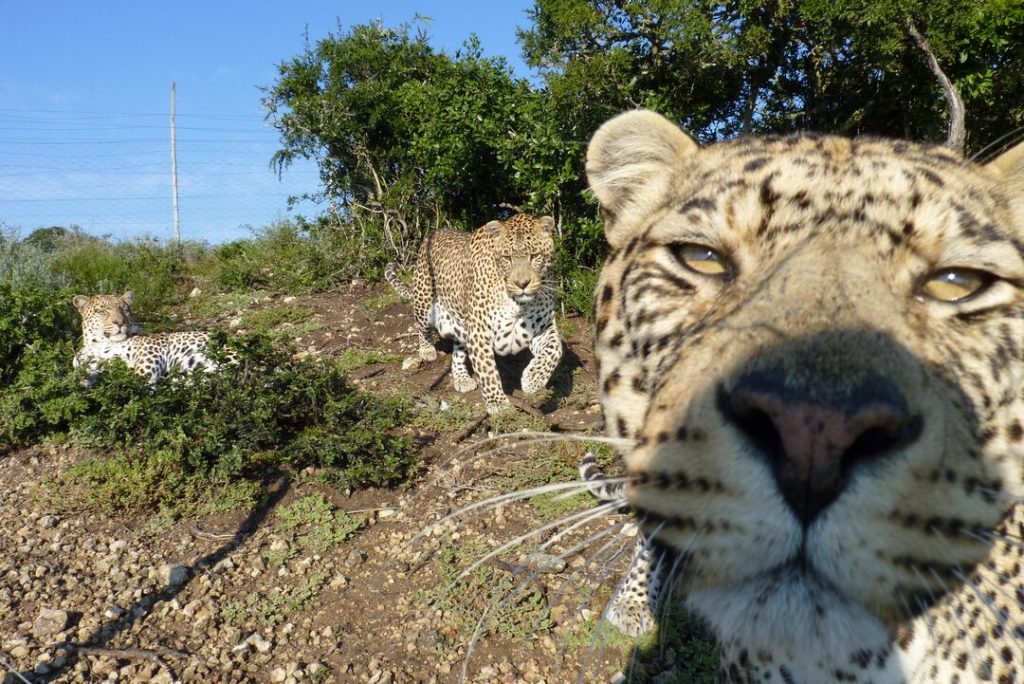
Rescue leopards Alam, Sami and Nimira © Glen Vena
Among the reasons why leopards need our help, habitat loss and fragmentation is a major threat to leopards. Leopard habitat loss can reduce the number of herbivores, which make up a significant part of leopards’ diets.
Where people have converted land for livestock keeping, there may be human threats to leopards. Leopards may target livestock, sometimes due in part to the depletion of their prey, which can result in pastoralists or farmers retaliating when they feel that their lives and their livelihoods are threatened.
Leopards are targets for trophy hunting due to their beautiful physical characteristics – Born Free opposes all trophy hunting, including leopard trophy hunting.
In parts of their range, they leopards are poached for the illegal trade in their skins and bones. Their body parts are used in traditional ceremonies and medicinal practices in eastern cultures.
Leopards suffer in zoos, circuses and under private ownership. Even in modern zoos big cats repeatedly pace, frustrated because their hunting and territorial instincts are denied. Although they often breed well in captivity, it is extremely difficult to return a captive-bred big cat to the wild and this almost never happens.
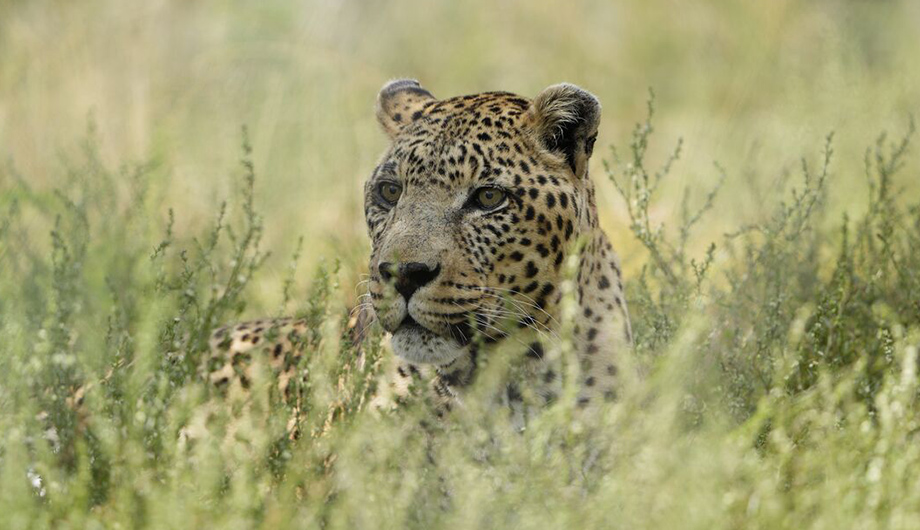
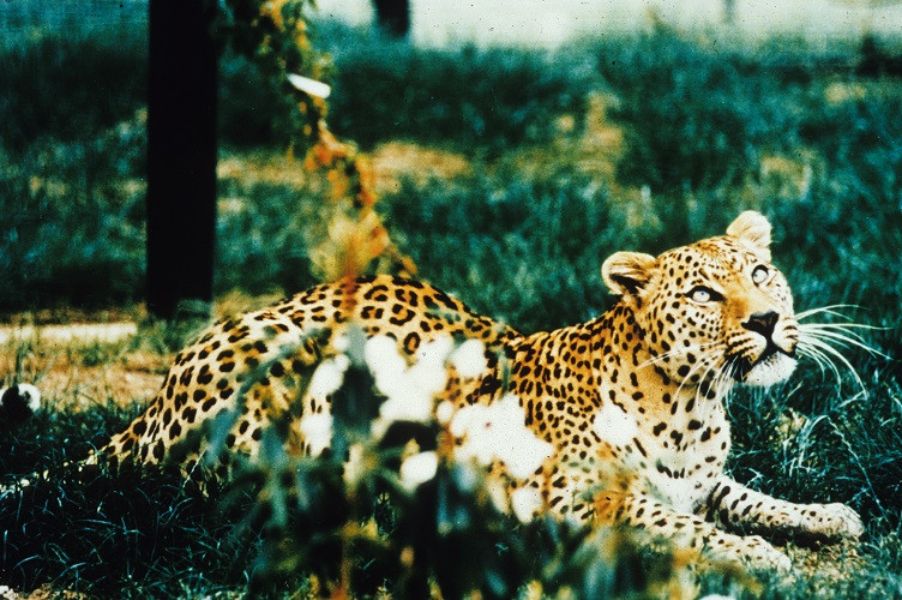
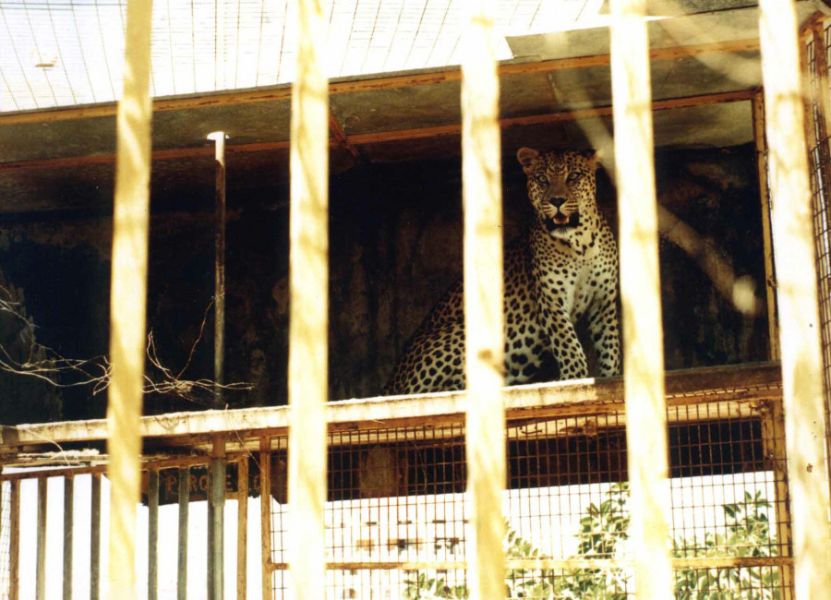
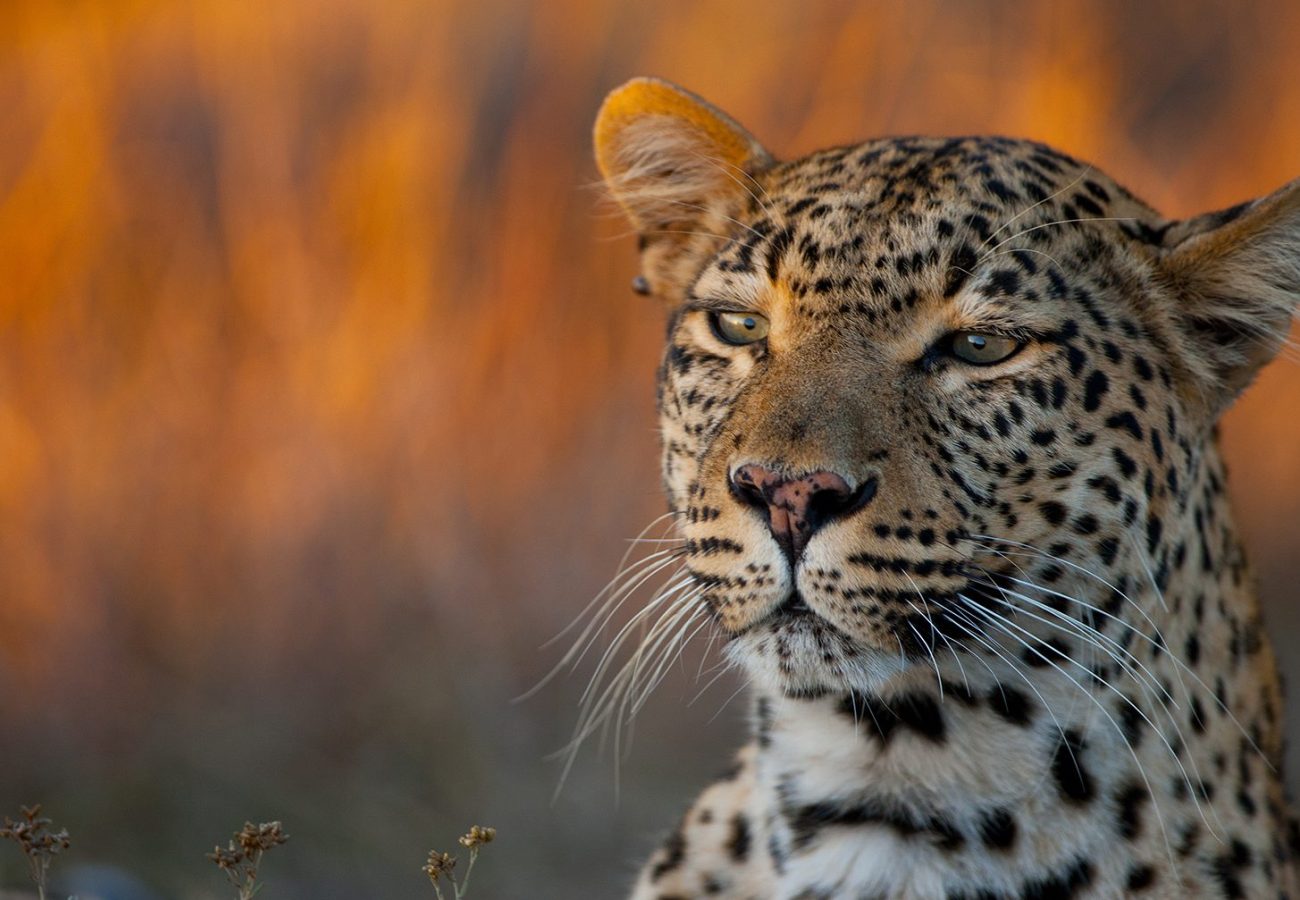
You can support Born Free's work to protect leopards in the wild, and care for our rescued leopards, by adopting the Leopard Family.